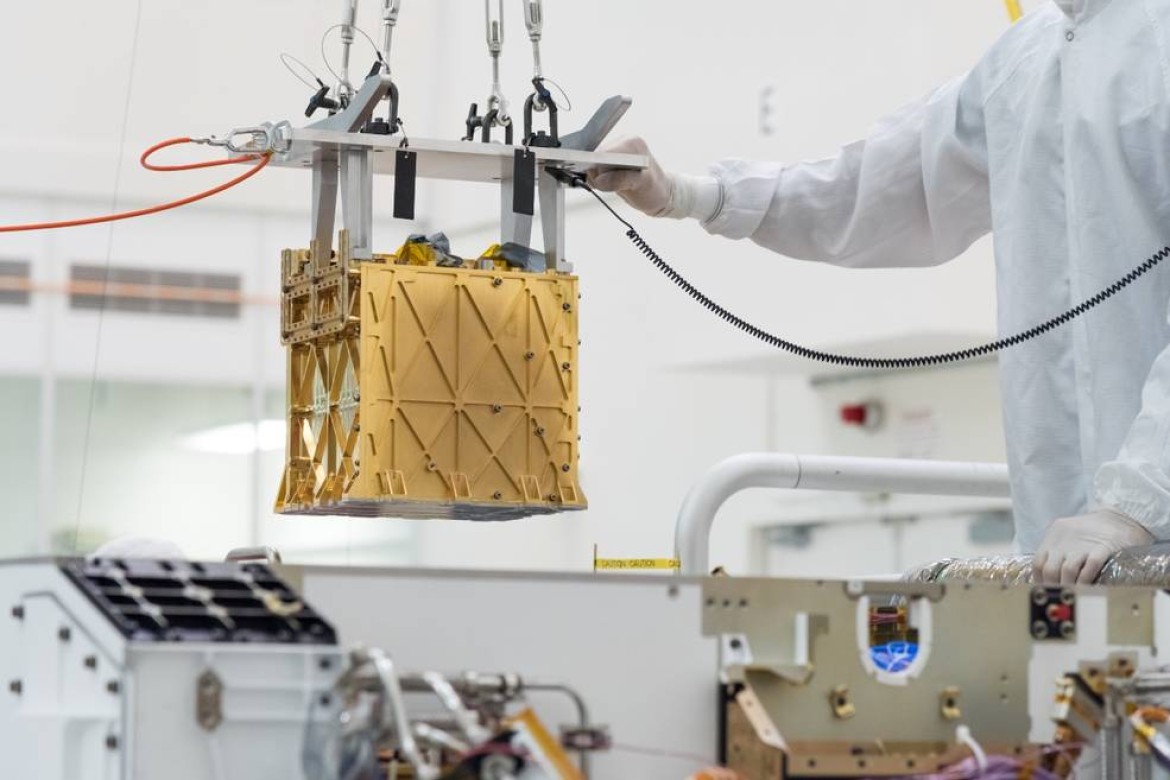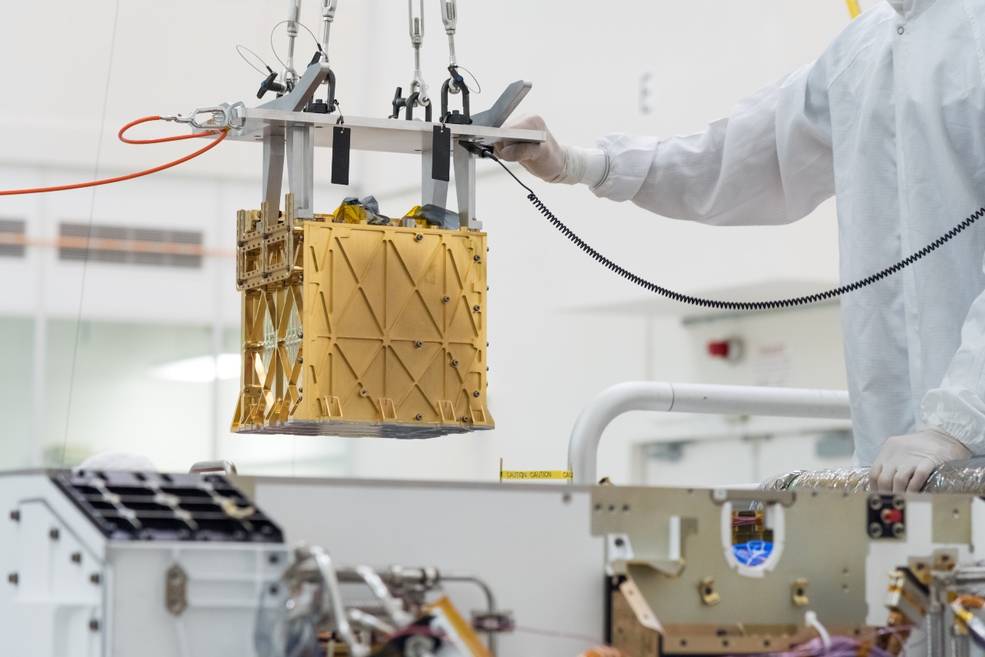Added on May 22, 2021
RushHourNews
nasa creates o2 on mars , NASA’s Perseverance Mars Rover Extracts First Oxygen from Red Planet * WHAT ABOUT EARTH , Rush Hour News , stupid people
NASA’s Perseverance Mars Rover Extracts First Oxygen from Red Planet * WHAT ABOUT EARTH and OXYGEN???


NASA’s Unfortunately, NOT SO MANY PEOPLE HAVE NOTICED THIS NEWS:
Perseverance Mars Rover Extracts First Oxygen from Red Planet * WHAT mars and ABOUT EARTH, CO2 and NASA , rush hour news
NASA is so proud to announce latest experiments and discoveries on MARS.. :
NASA’s Perseverance Mars Rover Extracts First Oxygen from Red Planet *
*****************************
“.. Mars’ atmosphere is 96% carbon dioxide. MOXIE works by separating oxygen atoms from carbon dioxide molecules, which are made up of one carbon atom and two oxygen atoms. A waste product, carbon monoxide, is emitted into the Martian atmosphere.
The conversion process requires high levels of heat to reach a temperature of approximately 1,470 degrees Fahrenheit (800 Celsius). To accommodate this, the MOXIE unit is made with heat-tolerant materials. These include 3D-printed nickel alloy parts, which heat and cool the gases flowing through it, and a lightweight aerogel that helps hold in the heat. A thin gold coating on the outside of MOXIE reflects infrared heat, keeping it from radiating outward and potentially damaging other parts of Perseverance.
In this first operation, MOXIE’s oxygen production was quite modest – about 5 grams, equivalent to about 10 minutes worth of breathable oxygen for an astronaut. MOXIE is designed to generate up to 10 grams of oxygen per hour.
This technology demonstration was designed to ensure the instrument survived the launch from Earth, a nearly seven-month journey through deep space, and touchdown with Perseverance on Feb. 18. MOXIE is expected to extract oxygen at least nine more times over the course of a Martian year (nearly two years on Earth).
These oxygen-production runs will come in three phases. The first phase will check out and characterize the instrument’s function, while the second phase will run the instrument in varying atmospheric conditions, such as different times of day and seasons. In the third phase, Hecht said, “we’ll push the envelope” – trying new operating modes, or introducing “new wrinkles, such as a run where we compare operations at three or more different temperatures.”…
*********************
WOW , VERY IMPRESSIVE NASA and NASA scientists:
BUT…
WHAT ABOUT EARTH and OXYGEN??? PEOPLE on EARTH..
NASA DOESN’T CARE anymore????
Why it should be?
all eyes are focused on MARS….
it is better to be snobbish and talk about dead planet trying to make it “alive”
while killing its own planet…
(HUGH, it is so boring here on Earth)
RushHOURNews.com







